Economic history – the Roaring Twenties – Part 1
By Kiron Kasbekar | 28 Feb 2024

We know about the two World Wars; and we know that between those two wars, there was a Great Depression when the economies of most countries simply collapsed, causing untold misery to hundreds of millions of people. But there was another very important period between those two World Wars and before the Great Depression that is often not talked about. It was called the Roaring Twenties.
The First World War, which raged for four years, three months, and two weeks, ended on 11th November 1918, after it had resulted in the death of 9.7 million military personnel and about 10 million civilians, and left the world economy badly shattered.
When the war ended, the Western World heaved a sad sigh and turned to rebuilding the economy. Within a few years, there were signs of great prosperity across Europe and North America.
New inventions entered homes. The homes of the rich and upper middle classes began to use a wide array of new gadgets that spelt ease and comfort and luxury that had never been experienced before.
Powered by electricity
One of the most important developments of this period was the widespread use of electric power in homes. There was a rush to convert from coal power to electricity, and new power generation plants and transmission networks were created.

Electricity began to be used inside the home for the first time in a big way in America and Europe and began to filter into buildings in Asia and Latin America too. It wasn’t just electric bulbs in floor lamp stands and ceiling fans that entered homes; telephones and radios gained popularity in this period, and basic refrigerators began to be used instead of the traditional blocks of ice.

There were also innovations which, if you read about them for the first time, will make you laugh. One such innovation was the ‘speaking tube’.
Speaking tubes were networks of tin pipes leading from a central panel at a building’s front door to the apartments in the building. Each end of the pipes had a trumpet-like device that could be used both to speak into and to hear from. So, if you have seen movies of that period, you might have noticed how people kept alternating placing the phone against their ears when they were listening and in front of their mouths when they talked.

The tubes were usually confined to the inside of a building, but these networks could sometimes be extended to small areas covering several buildings. If people had regular telephones and needed to call someone, they had to call a telephone company operator, usually a woman, and ask her to connect them to whoever it was they wished to speak to.

It was like the long-distance calling we had before automatic exchanges came into existence. Users’ phones did not have dials. They were at the mercy of overworked telephone operators sitting in a central location.

Air-conditioning also began to be used but was too expensive for most households. It was used only in cinema halls and the most expensive public buildings. The air-conditioning machinery was too big to accommodate inside homes.
But it wasn’t just material goods that defined the Roaring Twenties. The decade was marked by a profound shift in values, lifestyle, and attitudes as it negotiated unprecedented cultural and social change.
The Roaring Twenties began with a big post-war economic boom in the US and much of Europe. The period saw rapid industrialization and urbanization, and America was transformed from an agricultural economy to a manufacturing and services economy. Europe was humming with activity. Things had begun to look up.
Wave of innovation
As the 1920s began, nations started focusing on rebuilding their industries. This shift sparked a wave of innovation and economic growth, with industries such as aviation, automobiles, and consumer goods leading the way.
The first aircraft to fly across the Atlantic was not an aeroplane. It was an ‘airship’, or a ‘dirigible’ that kept aloft because it carried lighter-than-air gas. Such airships flew across the Atlantic Ocean from Germany to America and back – until one day one of them, the Hindenburg, caught fire in the air, crashed in New Jersey in America, and was destroyed, killing 36 people, including 22 crew, 13 passengers and one person on the ground.
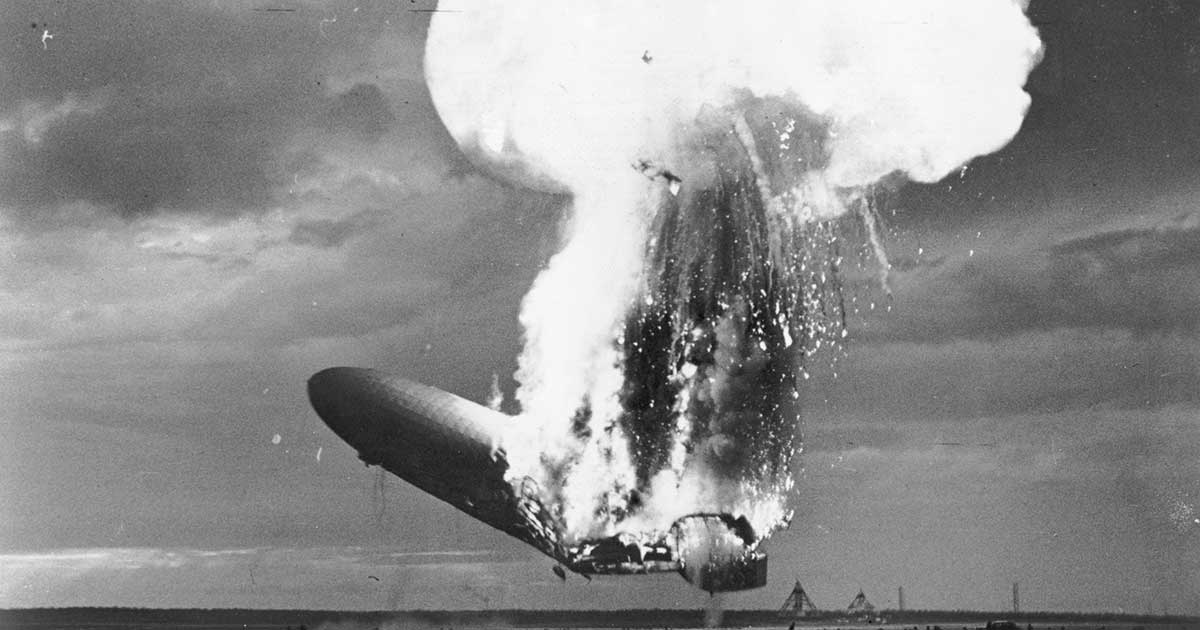
A relatively new business, airlines, which previously did not even have airfields for landing and taking off, and had to depend largely on seaplanes that could land on and take off from water, expanded rapidly enough for airstrips to be built across America, Europe, and some other parts of the world, including Asia and South America.
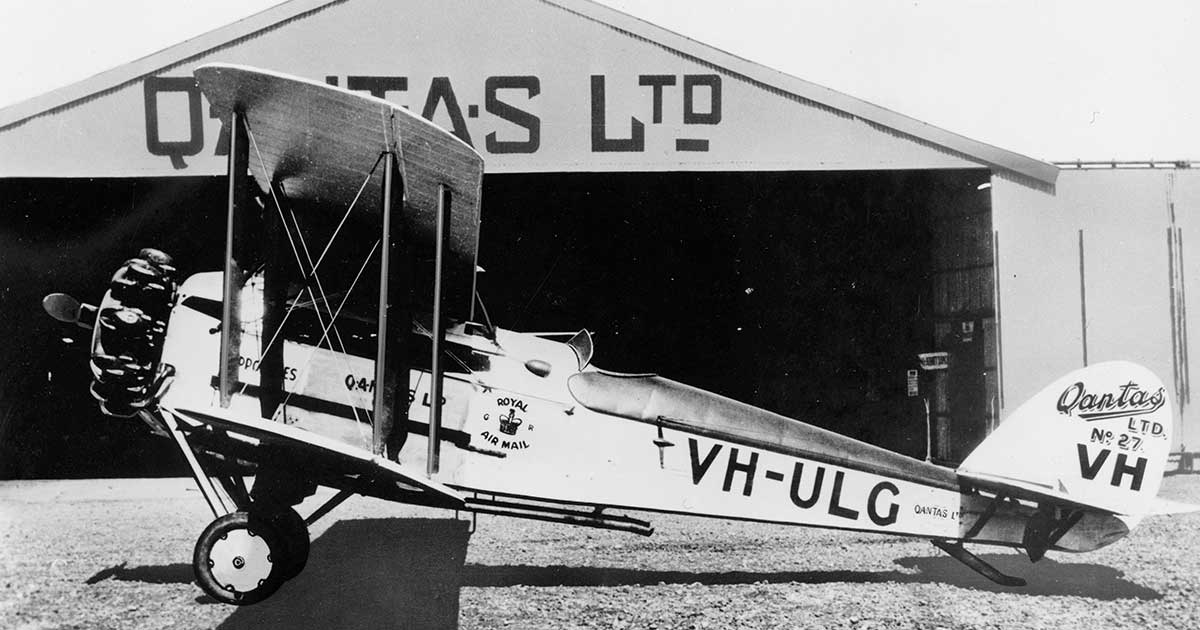
Many of the oldest airline companies folded up, but some survived, the four oldest being the Netherlands’ KLM (launched in 1919), Colombia’s Avianca (in 1919), Australia’s Qantas (in 1920), the Soviet Russian Aeroflot (1923), and the Czech Republic’s Czechoslovak State Airlines (in 1923), now called Czech Airlines. Avianca was an initially German-controlled Colombian air carrier called SCADTA and was renamed Avianca in 1940.
Another major airline, which was launched in that period was Britain’s Imperial Airways. Started in 1924, this airline was merged with the British Overseas Airways Corporation (BOAC) in 1939. Then BOAC merged with the British European Airways (BEA) in 1974 to form British Airways.
Then came an airline that reigned supreme in the world for four long decades – Pan American, which was founded in 1927 with the objective of operating as a scheduled airmail and passenger service between Key West in Florida and Havana in Cuba, and the grew to become the first trans-continental airline.
The story of aviation is a fascinating one, which we shall discuss in more detail in another article or two.
Automobile industry grows, and grows

Motor vehicle production (in thousands)
| Country | 1924 | 1928 |
| United States | 3666 | 4359 |
| Canada | 135 | 242 |
| France | 145 | 210 |
| United Kingdom | 138 | 212 |
| Germany | 18 | 90 |
| Italy | 35 | 55 |
| Czechoslovakia | 2 | 13 |
| Russia | 0 | 1 |
Nowhere was the exuberance as high as it was in the United States. The war effort had led to significant industrial growth and economic expansion and set the stage for a prosperous post-war period.
The United States of America led the way in automobile production and sales. Ford Motor was in the lead for some time after it introduced the assembly line for its mass production of cars, but other companies followed its example, and soon General Motors took the lead in the business. Chrysler followed behind Ford.
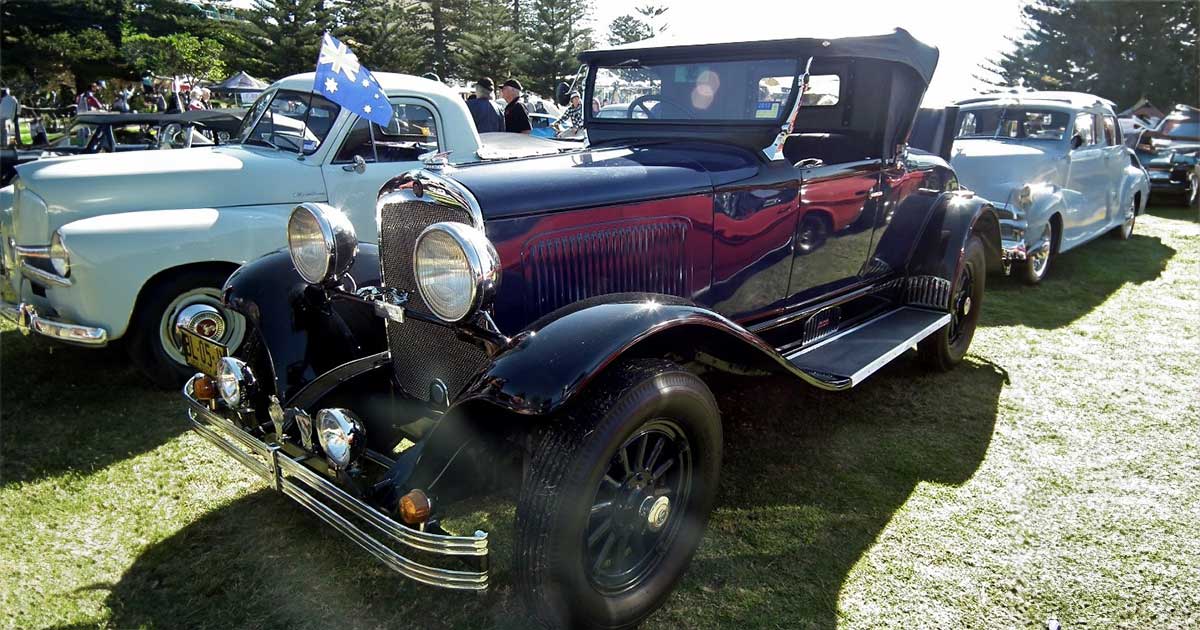
The meteoric rise of the automobile industry, once fueled by ceaseless innovation, began to slow as market saturation converged with a lull in groundbreaking technological advancements. Path-breaking changes shrank in number and were replaced by smaller, superficial improvements.
The burst of engineering brilliance marking the 1910s and 1920s had produced several innovations that became industry standard: self-starters eliminated the need for hand-cranking, enclosed steel bodies offered superior comfort and safety, and advances like hydraulic brakes, synchromesh transmissions, and low-pressure balloon tires vastly improved performance and ease of use.
Lacking headline-grabbing technological breakthroughs, car makers began to rely on superficial annual model changes, emphasizing style over substance. This era also saw a growing reliance on planned obsolescence, with an artificial emphasis on changing aesthetics to drive replacement purchases rather than true functional improvements.
Between 1919 and 1939, Europe too witnessed a surge in automobile manufacturing, albeit on a smaller scale compared to America. This growth trajectory was tempered by factors such as lower living standards, limited purchasing power, smaller domestic markets, and stringent tax and tariff policies. Nonetheless, a discernible upward trajectory was evident.
In Britain, for instance, the production of cars and commercial vehicles soared from 73,000 units in 1922 to 239,000 in 1929, despite a reduction in the number of participating companies from 90 to 41 during the same period. By 1929, three major players—Austin, Morris, and Singer—controlled three-quarters of British car production.
However, British production hadn’t yet attained the scale necessary for larger firms to establish the kind of dominance seen in the United States. Moreover, various other factors contributed to a distinct landscape.
Throughout the 1930s, British automotive production continued its steady ascent. By the decade’s end, the market boasted six major players instead of three: Morris, Austin, Standard, Rootes, Ford, and Vauxhall. The latter two were notable for their American origins, with Vauxhall acquired by GM in 1925 and Ford operating in Britain since 1911, experiencing fluctuations in market share before a resurgence.
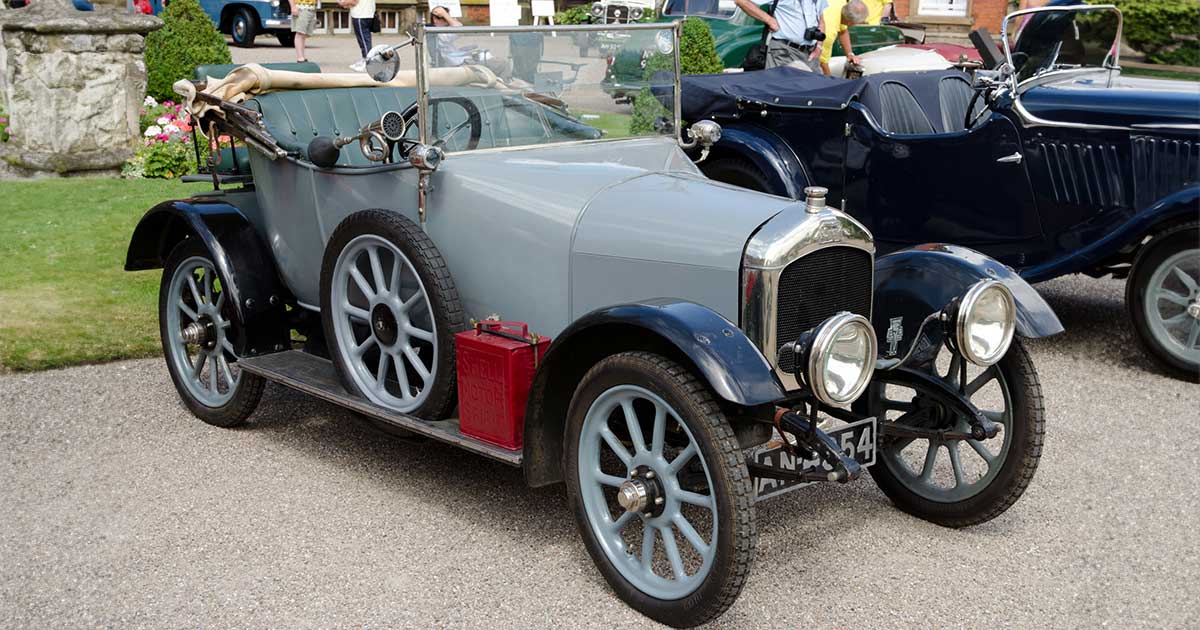
The Rootes Group, emerging from Hillman and Humber, represented a familial venture transitioning from automobile sales to production. The displacement of Singer by Standard underscored the dynamic nature of open competition, demonstrating how market forces could reshape the British automotive industry.
German companies, which had been among the pioneers in the field, suffered a setback after Germany’s defeat in the First World War. Two companies, Daimler and Benz, which had competed fiercely for a share of the market, merged to form Daimler-Benz; and then they faced another rival, Bayerische Motoren Werke, or BMW.
In France, Peugeot and Citroen were making cars in the 1920s and survived the Great Depression that killed many automobile companies on both sides of the Atlantic Ocean.
Power steering (1926)
People who have learned to drive anytime in the past half-century would not know what driving without power steering is. It took enormous physical effort to turn the wheels of a vehicle when it was at rest or was moving slowly. And it was a pain when you were driving a car, it was agony if you were driving a bus or truck, let alone a battle tank.
The first breakthrough in power steering technology came in 1926 when Francis W. Davis, an engineer with the Pierce-Arrow Motor Car Company, created and demonstrated the first practical hydraulic power steering system. Davis’s work focused on applications for military vehicles during this period; but it worked perfectly well with civilian transport.
Davis collaborated with General Motors to develop power steering systems for cars. But cost of production was a big barrier to widespread adoption. Power steering was deemed too expensive for mass-market production. So power steering began to be installed in cars only in the 1950s.
Cars needed roads
The advent of cars required another major change – the improvement of roads, inside the cities and outside – wherever the automobile went. Nowhere was this more visible than in America, a vast land dotted with hundreds of small towns that were being brought into the modern transport network.
It was like the ancient Roman infrastructure-building in Europe two millennia earlier. When Roman legions looked upon the rest of Europe not just as lands to be conquered but also regions to be ruled. And effective government required good roads that enabled Roman officials as well as troops to move quickly across the conquered regions. They realized the importance of straight and wide roads for rapid movement between destinations. Equally important were bridges to cross rivers and valleys, tunnels to cut through hills, and aqueducts to move water from rivers and lakes to urban centers.
The infrastructure-building in America that had begun in the second half of the 19th century received a fillip in the 1920s, and then of course, during the New Deal after the Great Depression.
Where infrastructure was needed, they realized there were often machines that could move the earth. Machines like bulldozers. In 1923, a farmer named James Cummings and a draftsman named J. Earl McLeod made the first bulldozer designs. They filed for a patent and were awarded it on 6th January 1925, for an ‘attachment for tractors’.
But they had not been the first to think of such machines. The Holt Manufacturing Company, founded by Benjamin Holt, was one of the pioneering companies in the manufacture of agricultural tractors. In 1904, Holt introduced the first successful continuous track tractor, which was initially called the ‘Caterpillar’ because of its movement resembling the crawling motion of a caterpillar.
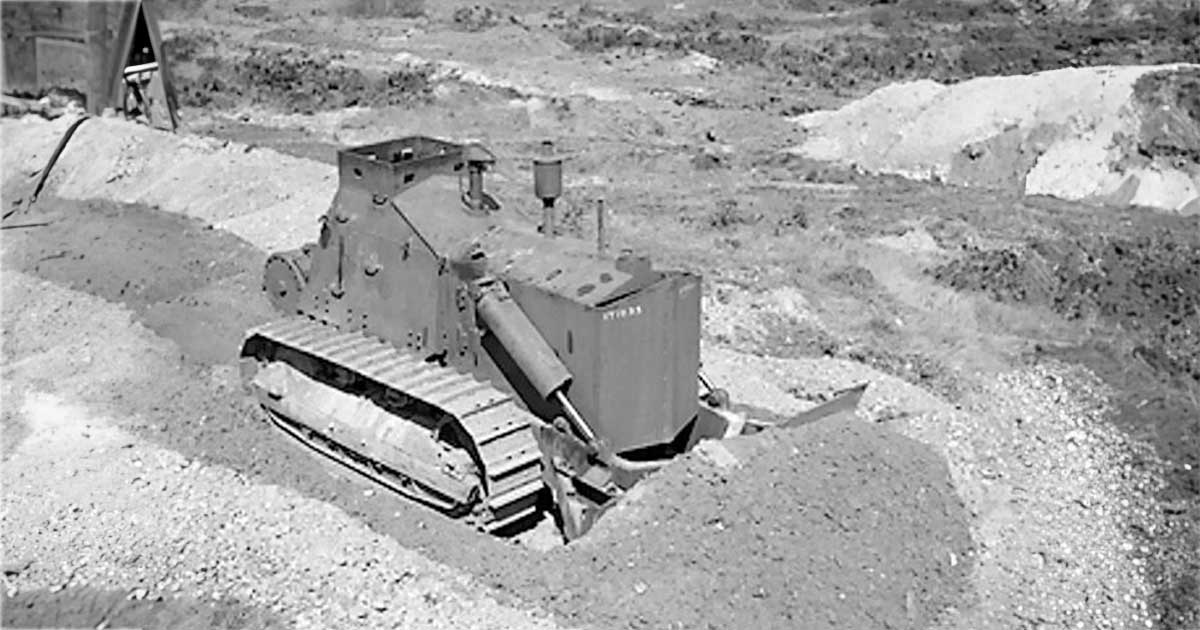
The invention of the continuous track tractor revolutionized agricultural practices by providing a more efficient means of traversing difficult terrain, such as soft soil or steep hillsides, compared to traditional wheeled tractors. The continuous tracks distributed the tractor’s weight over a larger surface area, reducing ground pressure and preventing sinking into soft ground.
Holt’s tractor enabled farmers to work in adverse conditions previously considered impractical or impossible, thereby increasing productivity and opening up new areas of land for cultivation. This innovation laid the foundation for modern tracked vehicles, including tanks used in warfare and construction machinery like bulldozers.
While Holt’s tractors were initially designed for agricultural purposes, their versatility and ruggedness soon found applications in various industries, from construction to transportation. Eventually, the Holt Manufacturing Company merged with the C. L. Best Gas Traction Company in 1925 to form Caterpillar Tractor Company, which later became Caterpillar Inc., a leading manufacturer of construction and mining equipment, including bulldozers.
The construction business also got a big boost from city buildings. The 1920s marked a boom period for American skyscrapers, especially in New York City, which became the center of this architectural spectacle, along with some other cities. In 1920 the General Motors Building came up in Detroit, showcasing the Art Deco style and becoming a symbol of the booming automotive industry.
The Tribune Tower in Chicago, the Penobscot Building and the Guardian Building in Cincinnati, and Carew Tower, and Union Central Building in Cincinnati were among the new buildings that soared up to 25-30 floors and more. These skyscrapers changed the perspective of America’s cities, rising upward, and raising feelings of achievement and awe.
So this was part of the backdrop of the Roaring Twenties – ideas and equipment that built buildings and roads and paved the way for greater commerce. It was fun for some, while it lasted.



















